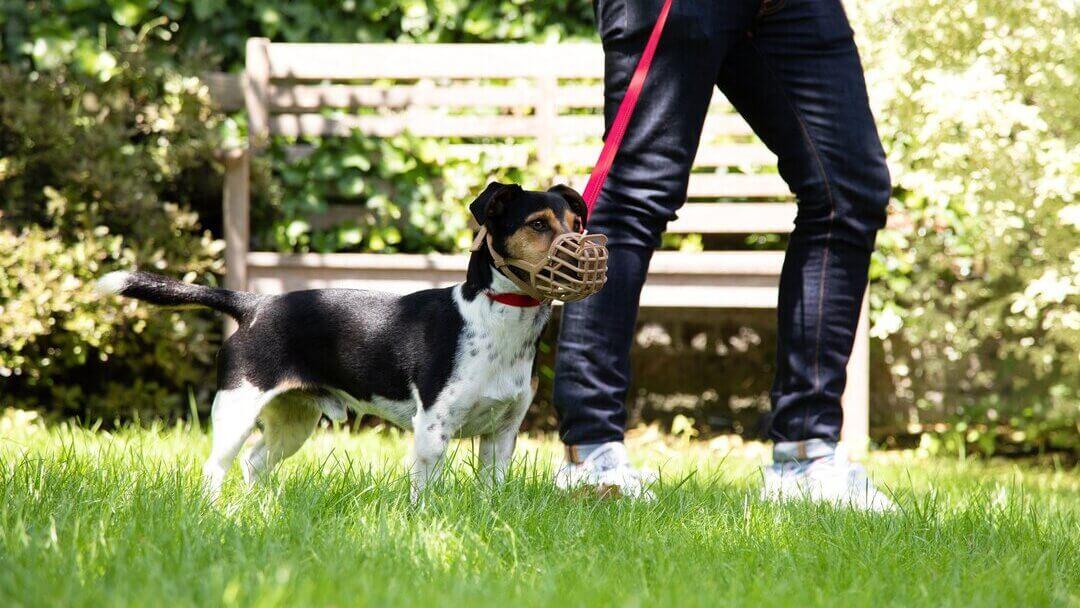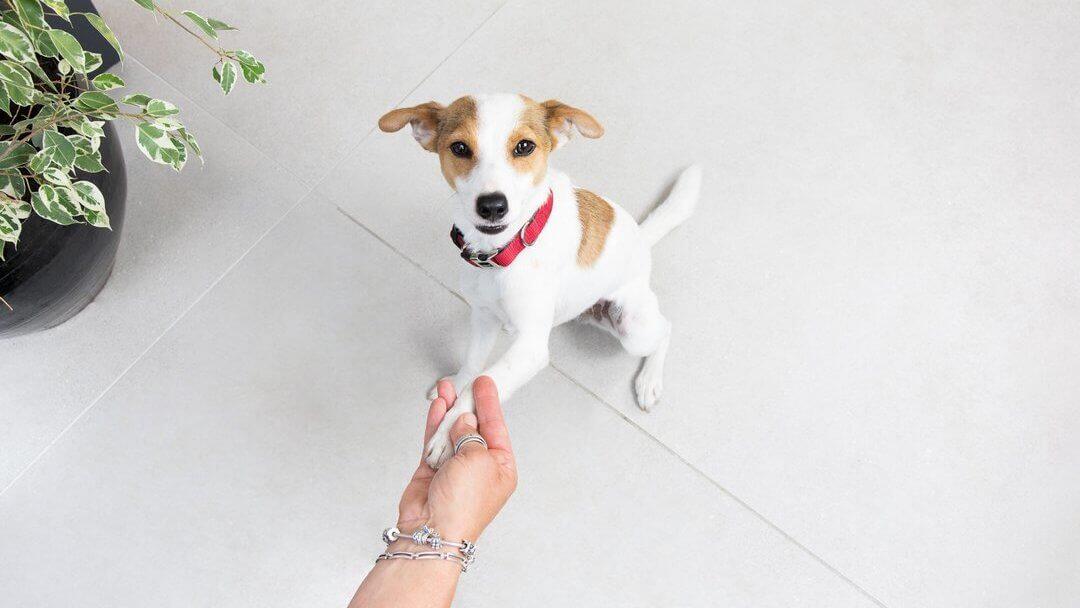Panic Attacks in Dogs: Causes, Symptoms, and Treatment

As anyone who suffers from them can tell you, panic attacks are dreadful, and the effects can be scary. While people and dogs are different in many ways, experiencing fear and anxiety that produces fearful or panic-like behaviour, is something we all share.
While dogs probably don’t suffer from panic attacks in the same way that humans do, fear, stress and high anxiety can produce behaviours that look very similar and are equally distressing for dogs. It is important for owners to be able to spot this in their dogs, understand what the triggers can be, and learn how to help manage them.
As a pet owner, you want your dog to live a happy and healthy life. Knowing how to notice anything harmful, preferably before it happens, is key to helping them overcome any challenges they might face, such as anxiety or overwhelming situations. Read on to learn more about extreme fearful behaviour in dogs and what to do if your canine friend experiences them.
What causes panic attacks in dogs?
Apparent panic attacks are the result of intense fear, and the causes can be complex. They are usually connected to overwhelming emotions, physical triggers, memories, or situations. This can also be linked to poor socialisation or habituation, or to a combination of situations that build to a state of constant arousal where the dog can’t deal with any more stress.
If left unaddressed, stress can turn chronic and cause a dog to experience these panic attacks each time they encounter a situation they find overwhelming. For example, if your dog dreads going to the vet and learns to associate car rides with the vet, they can easily start to show extremely stressful behaviours as soon as they see the car – and can even extend this to more general agoraphobia.
Panic attacks are almost always triggered by fears – especially those that the dog can’t avoid or escape from. These include amongst others: noise phobias, separation related behaviour problems, pain or expectation of pain, and fear of (or a learnt fear of) a certain situation, place, or person. Sometimes however it can be a combination of things that build up to push a dog ‘over threshold’.
Dog panic attack symptoms
Since dogs can’t express themselves verbally like us humans, they will use their body language and behaviours to show and communicate their fear. It is important that owners recognise there – and here are some of the signs they might display:
- Panting (unrelated to physical activity or heat)
- Trembling or shaking
- Lip licking and yawning
- Vocalisations such as barking or whining
- Unusual or unexpected aggression
- Excessive salivation
- Trying to escape from the situation - so frantic scratching at doors etc
- Bolting
- Shutdown (sometimes in extreme fearfulness, a dog will shut down and so can look calm)
- Seeking comfort from their owner
- Increased heart rate
- Hiding
- Digging in unusual places inside the home
- Vomiting
- Diarrhoea
These obvious symptoms can last from minutes to hours depending on the cause.
While the symptoms of an extremely fearful event can be passing – i.e. fear triggered by fireworks might be over in an hour or so while one triggered by a visit to the vet might last for longer until they find themselves safe back at home, they can have far longer-term effects. In the case of severe noise phobias (such as fireworks) it can take the neurotransmitters in the brain days to return to normal – and with each repetition, the fear becomes greater.
Five ways you can help
Although panic attacks in dogs can be hard to manage, there are a few ways in which you can soothe your furry friend and help them overcome any challenging situation they’re facing.
1. Remove them from the situation that is causing them fear
The most important thing to do is to either remove whatever is causing your dog fear and stress, or if that is not possible, remove them from the situation. Where possible, try to predict what things will cause your dog stress and avoid those. Prevention is always better than cure. If there are things in your dog’s environment that regularly cause them fear or panic, consult an accredited behaviourist for help.
2. Stay calm and relaxed
The most important thing you can do is stay calm and as relaxed as you can. Your dog will get support from your attitude, and if they see that you are anxious and worried as well it can make things worse.
3. Show them affection if they want it
It’s important that they can get support from you in situations they are finding stressful. Give them any comfort that they seek from you. That might be that you sit on the floor beside them in a quiet space just giving them support from your presence, or they might want more physical touch. Be guided by them.
4. Give them distractions
Once you have removed them from the situation that is causing their fear and stress, try to distract them with low energy enrichment activities that will both help to settle them down and give them rewarding treats. Scent games, lick mats, treats hidden in s crumpled up towel etc all help to reduce low-level anxiety. If the cause of their fear isn’t in the great outdoors, it can sometimes be a good idea to take them for a gentle walk, and maybe do some reward-based training sessions with them. However, be aware that a dog suffering extreme fear will be unable to take food or eat – or indeed be distracted. In these cases, just let them relax and recover the best they can.
5. Play them music
Music has been known to have a positive effect on dog moods, especially reggae and soft rock. Find out the type of music that your dog enjoys best, and it might help to distract them and keep them calmer. It may or may not help your dog, but it won’t hurt and it might relax you too.
6. Talk to the professionals
If your dog is suffering from regular panic-type attacks or extreme fear and stress, talk to both your vet and a behaviourist. There are some drugs and supplements that can be useful for different types of fears and phobias, especially used in conjunction with a behaviour modification plan.
If your dog is experiencing panic attacks often, it would be best to set an appointment with your trusted vet in order to check for any underlying clinical issues and then ask to be referred to an experienced, accredited behaviourist who will help you develop a behaviour modification place to help you work thought these problems.
By far the most important thing you can do is to recognise the situations your dog really struggles with and look at ways to prevent them or if you can’t do that, minimise their impact.
Differences between anxiety, phobias, and panic attacks in dogs
Anxiety, phobias, and panic attacks are terms that get used interchangeably to describe situation that cause dogs sometimes intense fear and stress.
If they’re recognised, properly managed, and with professional help where needed, fearful behaviour in dogs can remain short, treatable episodes in your canine friend’s life. To help them have a great quality of life, your dog needs to feel loved and supported in situations like panic attacks but be sure to seek help to prevent them getting worse.
If you want to find out more about your dog’s behaviour in stressful situations read about excessive dog barking next and learn all you need to know about its causes and the ways you can stop it.












